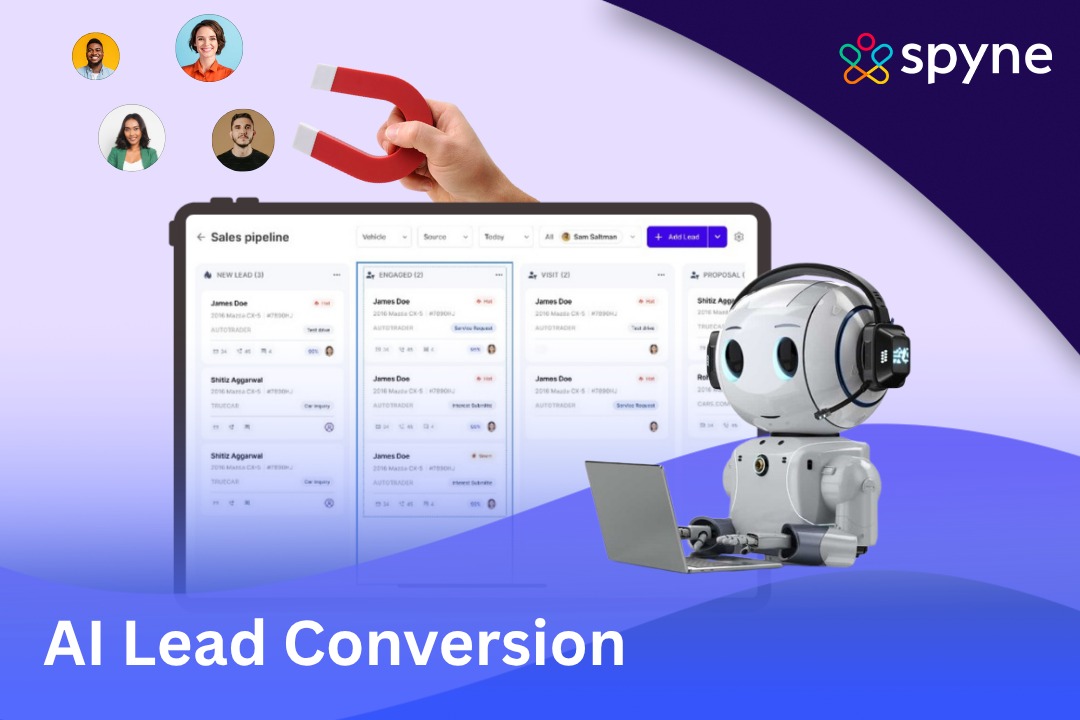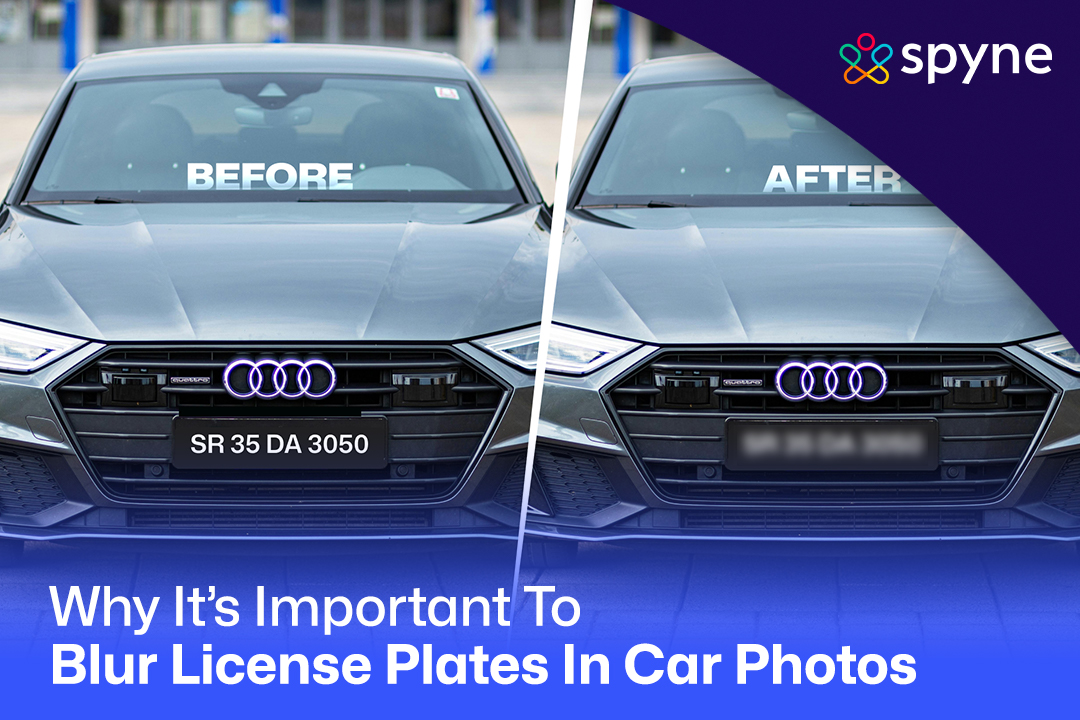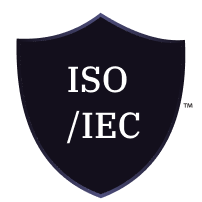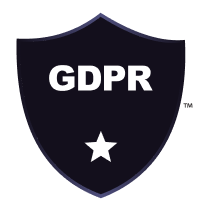Meet Vini AI at NADA Show 2026
Make Vehicle Identification Effortless with Number Plate Recognition Tool
Need a more efficient and intelligent way to recognize vehicle license plates? Spyne’s advanced AI-powered number plate recognition tool is built to deliver fast, reliable, and highly accurate plate detection in just seconds. No manual effort or expensive hardware required.
Spyne.ai/https://spyne-static.s3.amazonaws.com/plugin-library/images/aae21ba1-f852-49bd-92c8-e3a00325bb1f.png)
How Does Spyne’s AI Number Plate Detection Tool Work?
.svg)
Upload Your Image or Video
Drag and drop your car photos or footage. Whether it’s a single vehicle or an entire fleet, Spyne’s tool will scan and detect the number plate in seconds.

Let AI Do the Work
No need for manual effort. Our tool automatically identifies and extracts license plate details, even from angled, blurry, or low-light images.

Export and Use
Download the extracted data and images in high resolution for documentation, tracking, branding, or security use cases.
Automatic Number Plate Recognition Technology For Vehicle Identification
Have you ever pulled up to a toll booth, coasted through a mall parking lot, or zipped past a traffic camera and wondered, "How did they catch my number plate so fast?" That smooth, almost invisible process is powered by something called Automatic Number Plate Recognition Technology (ANPR).
%2Fhttps%3A%2F%2Fspyne-static.s3.amazonaws.com%2Fplugin-library%2Fimage-360-banner.webp&w=1080&q=75)
Scan, Detect, and Organize License Plate Data on the Go
Access a powerful number plate recognition tool right from your pocket. Designed for busy professionals who need quick results anytime, anywhere.
Automatic Number Plate Recognition
What is Spyne’s Automatic Number Plate Recognition Tool?
Spyne’s number plate recognition tool is a high-speed, AI-powered solution for identifying vehicle license plates. It uses deep learning algorithms to detect and extract plate numbers from a variety of visual formats either from static images or moving videos.

Accurate in Seconds
Get results within moments, even from complex angles or hard-to-read plates.

Smart Filtering
Block out glare, low light, and noise. Our AI cleans up images before pulling plate data.

Versatile Use Cases
Ideal for parking management, dealership records, security cameras, and logistics tracking.
Plate Number Recognition
AI That Reads Plates Like a Pro, In Real-Time
Eliminate the hassle, delays, and costly errors that often come with manual vehicle identification. If you're scanning a single license plate or managing data for thousands of vehicles every day, Spyne’s automatic number plate recognition tool is built to handle it all. It’s fast, accurate, and at scale.
01
450K+ Plates Recognized
From real-time gate entries to large-scale vehicle audits, our tool has helped streamline operations with lightning-fast identification and unmatched accuracy.
02
300K+ Hours Saved
Time is money, and we’ve helped save hours by eliminating manual data entry, slow verification processes, and outdated hardware dependencies.
03
70m+ Data Points Processed
Our clean, structured data helps fuel smarter decisions, reduce errors, and elevate customer service to the next level.
AI Number Plate Recognition
Turn Your Camera into a Smart Number Plate Detection Device
No fancy hardware needed. Just upload your images or connect a live feed. Spyne’s tech reads the plate instantly, helping you automate workflows, ensure compliance, or just keep better records.
Real Feedback from Industry Professionals
"As a logistics company managing a high volume of daily vehicle movement, we were constantly dealing with delayed check-ins and data entry errors. Spyne’s Number Plate Recognition Tool has completely turned that around. Now, we’ve streamlined our yard operations, improved accuracy, and saved countless hours. It’s now a non-negotiable part of our workflow."

Anderson
Edmunds
"Running a large car dealership means dealing with constant vehicle movement like test drives, deliveries, inventory updates. Spyne’s plate recognition tool helps us instantly tag and identify every car that moves in and out of the lot. We no longer have to rely on manual logs or barcode stickers. The whole process is smooth, automated, and saves our team a ton of time."

Jack
vAuto
Got questions? We've got answers.
Find answers to common questions about Spyne and its capabilities.
Spot It. Scan It. Use It. All with Spyne’s Smart Tech
Beyond Recognition- Automate, Track, and Integrate
Spyne’s Number Plate Recognition unlocks smarter operations and cleaner workflows. Get clean, structured data for whatever you need, be it security, CRM, logistics, or marketing.
/d20uiuzezo3er4.cloudfront.net/AI-tools/ai-tool-home/HeaderNew/Spyne+Logo+black.png)
 Image Studio
Image Studio Car Tour
Car Tour Video Tour
Video Tour Vini AI
Vini AI.png)
.png)
.png)
.png)
.png)
.png)





/https://spyne-static.s3.us-east-1.amazonaws.com/plugin-library/dummy+number+tool/car+image+1_11zon.jpg)
/https://spyne-static.s3.us-east-1.amazonaws.com/plugin-library/dummy+number+tool/car+image+2_11zon.jpeg)
/https://spyne-static.s3.us-east-1.amazonaws.com/plugin-library/dummy+number+tool/car+image+3_11zon.jpg)
/https://spyne-static.s3.us-east-1.amazonaws.com/plugin-library/dummy+number+tool/car+image+4_11zon.jpg)
/https://spyne-static.s3.us-east-1.amazonaws.com/plugin-library/dummy+number+tool/car+image+5_11zon.jpg)
/https://spyne-static.s3.us-east-1.amazonaws.com/plugin-library/dummy+number+tool/car+image+6_11zon.jpg)








